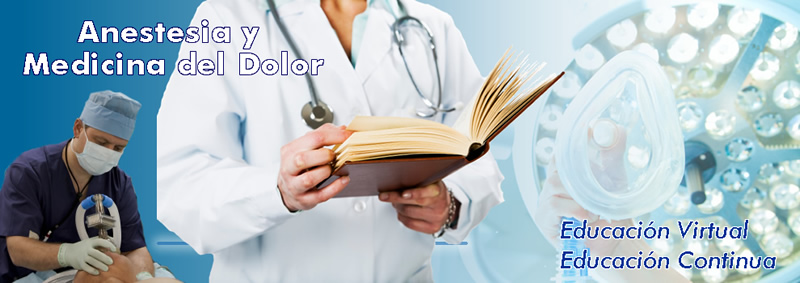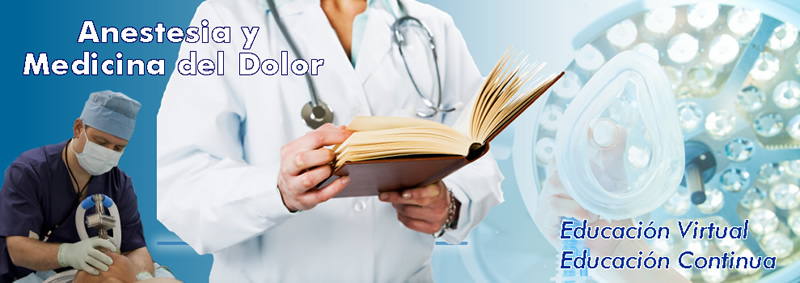Prevalencia de dolor en pacientes hospitalizados en Unidad de Cuidados Intensivos Metabólicos con intubación orotraqueal y bajo sedación, medido con escala COMFORT
P. E. García Ramírez, L. C. Valenzuela Molina, E. Zazueta Araujo, C. M. López Morales, R. Cabello Molina y P. Martínez Hernández Magro
Rev Soc Esp Dolor 2018; 25(1): 7-12
RESUMEN
Introducción: El dolor es un padecimiento frecuente en pacientes hospitalizados en unidades de cuidados intensivos, sin embargo es subdiagnosticado en aquellos pacientes que no tienen la capacidad para expresarlo. Diversas escalas se han validado a nivel mundial para determinar el nivel de dolor en dichos pacientes, pero existe poco personal entrenado para aplicarlas y escasos estudios sobre prevalencia de dolor en UCI. Objetivos: Se determina la prevalencia de dolor en pacientes hospitalizados en la Unidad de Cuidados Intensivos Metabólicos (UCIM) orointubados y bajo sedación. Material y métodos: Estudio de cohorte, descriptivo, observacional y prospectivo. Fueron incluidos todos los pacientes hospitalizados en UCIM que cumplen con los criterios de inclusión (pacientes orointubados bajo sedación). Resultados: Se incluyeron 36 pacientes, siendo el 77,7 % del sexo masculino. La edad osciló entre 18 y 71 años con media de 51 y desviación estándar de 14,05. El 86 % de los pacientes ingresó por patología quirúrgica y el 75 % se encontraba con politerapia analgésica. La prevalencia de dolor medido con escala COMFORT fue del 69,4 %. Conclusión: La prevalencia de dolor en pacientes intubados y bajo sedación endovenosa en la UCIM es similar a la reportada en la literatura, siendo el nivel de sedación el factor que más se correlaciona de manera significativa con una mayor intensidad de dolor. Palabras clave: Dolor, terapia intensiva, intubación, sedación.
| 







